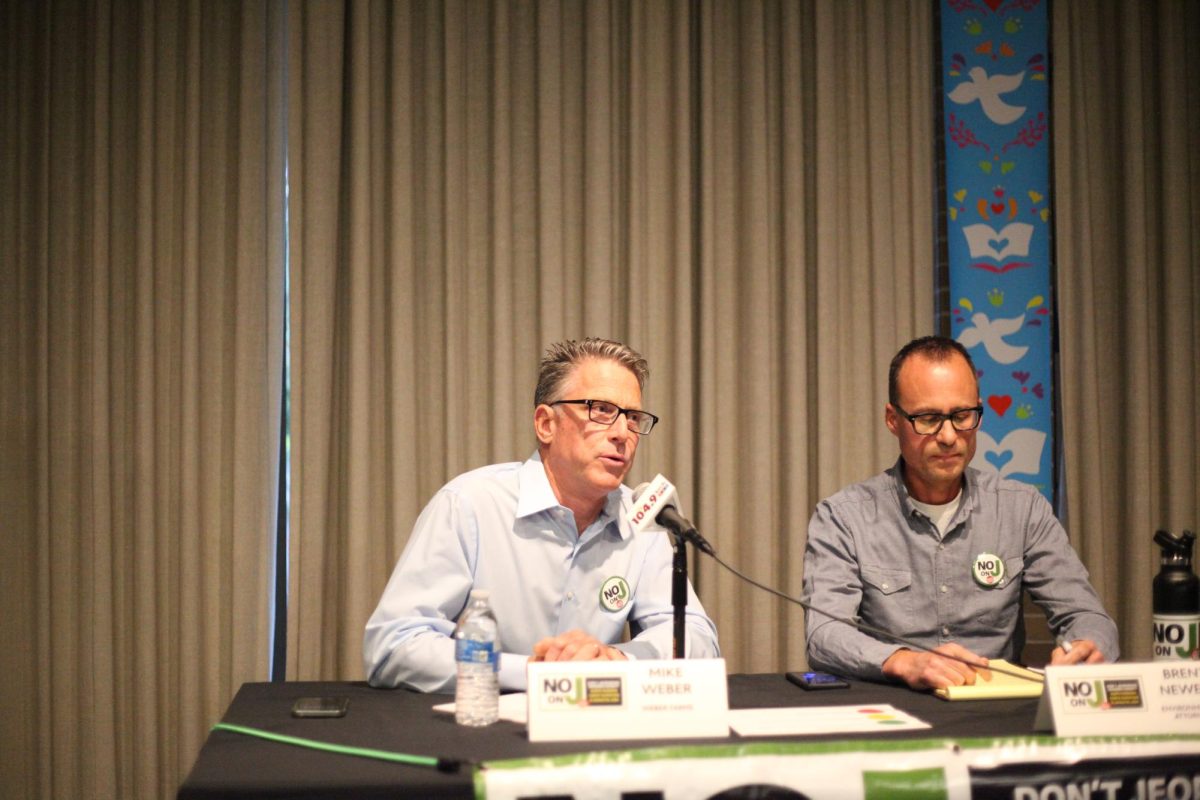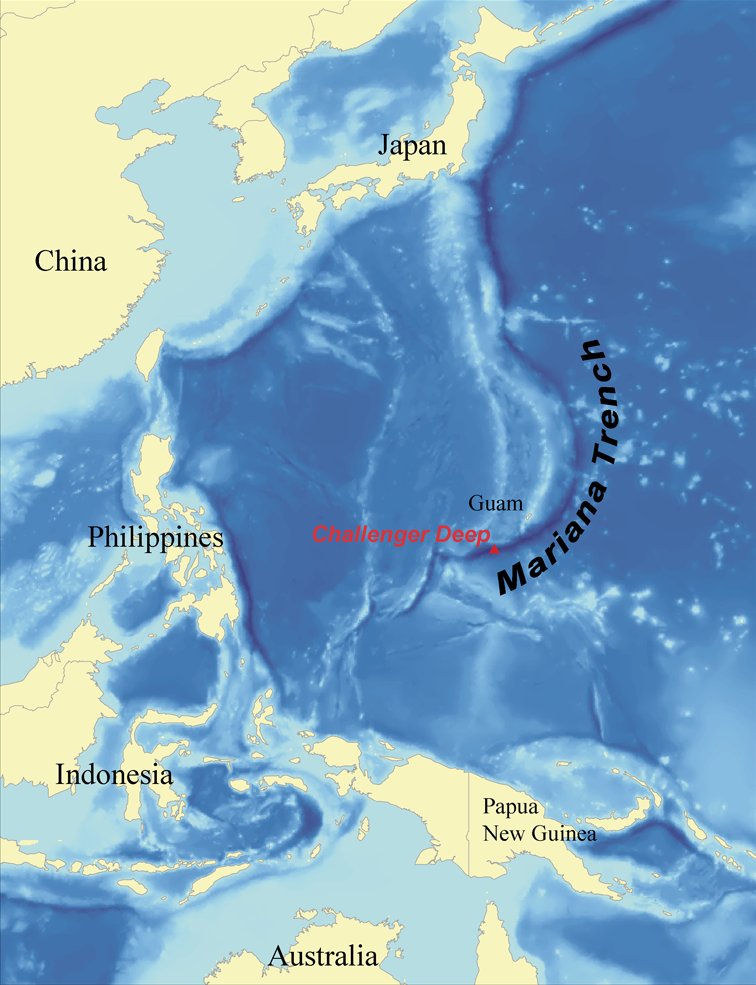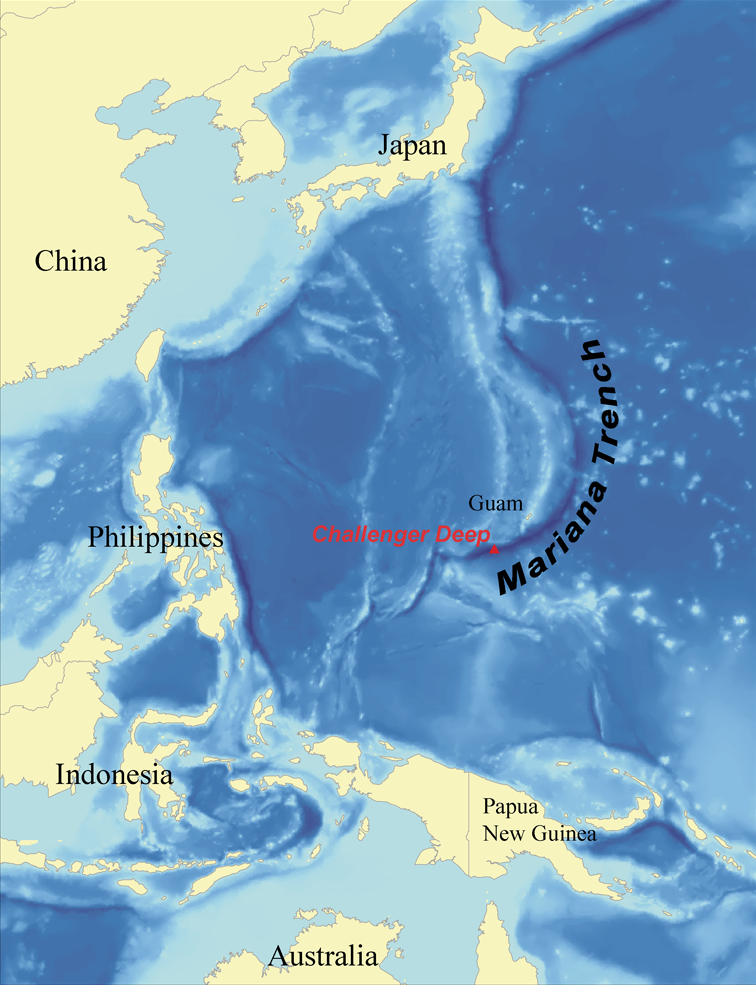Columnist Kitana Gachero
Earth’s ever present pollution issues have become more severe than surface level. Pesticides, industrial chemicals and pharmaceutical byproducts are just a few of the pollutants recently found in the deep depths of the ocean floor.
A study published Monday by the Nature Research Journal found high levels of pollution seven miles deep in the Mariana trench located in the western Pacific Ocean. The Mariana trench is positioned in the Hadal zone of the ocean (6,000 to 11,000 meters) which is the least explored ecological community on Earth.
The study specifically examined the organisms living there and found contaminants in their lipid cells. Territories this deep are usually considered to be untouched by surface level pollution, however that’s far from the case.
The main category for the most harmful pollutants to ocean ecosystems are called persistent organic pollutants. These are a collection of cancer causing chemicals that move rapidly through air and water. The unsettling thing about these chemicals is they are non-biodegradable and nearly impossible to expel from any given ecosystem. The Environmental Protection Agency reports these chemicals easily concentrate in the fatty tissues of living organisms, and even at very small concentrations, persistent organic pollutants can be detrimental to our health.
This information creates the question who should we hold responsible for this issue and how do we stop it.
Every community, entity or person should hold themselves accountable for pollution. Taking responsibility is the first step in solving this problem, it’s going to take a conscience effort of people around the world to even begin to fix this. More importantly it’s vital to hold corpotations accountable for major pollution.
According to Conserve Energy Future, sources of water pollution can be divided into two categories, point and nonpoint. Point refers to single source pollutants that come from one entity, while nonpoint is pollution that is an indirect result from multiple sources.
Location of the Mariana Trench.
Image // Wikipedia.org
few primary point-sources that contribute to pollution are factories within various industries that produce toxic waste. Some of the top causes of water pollution that are a direct result of these industries are industrial waste, marine dumping, burning of fossil fuels, chemical fertilizers and pesticides. Industrial waste involves the dumping of harmful chemicals like mercury, lead and sulphur into the environment. Many industries fail to dispose of this waste properly and often dump these chemicals into local freshwater sources like rivers.
Everyday accessible items like plastic, aluminum, glass and rubber often finds its way into the ocean via marine dumping is detrimental due to the fact it takes those items over 100 years to decompose. Another cause of pollution that can be sourced back to factories is the burning of fossil fuels. The toxic chemicals that are contained within the ash that rises into the atmosphere and mixes into the atmosphere producing acid rain. Additionally, the pesticides and chemical fertilizers used to sustain agriculture, often mix with plants, and water and produce drainage toxic to aquatic animals.
Industries essentially mass-produce goods for economic gain. They produce toxic waste on a massive scale and should be accredited for it. The average person is not capable of the mass creation of toxic chemicals, therefore the heads of large industries should be held more accountable.
As individuals, we can combat this problem by being conscious about what chemicals we consume and dispose of. Quickly checking and researching what’s in the products we use and how they should be disposed of can reduce the amount of pollutants that end up in the ocean.




































